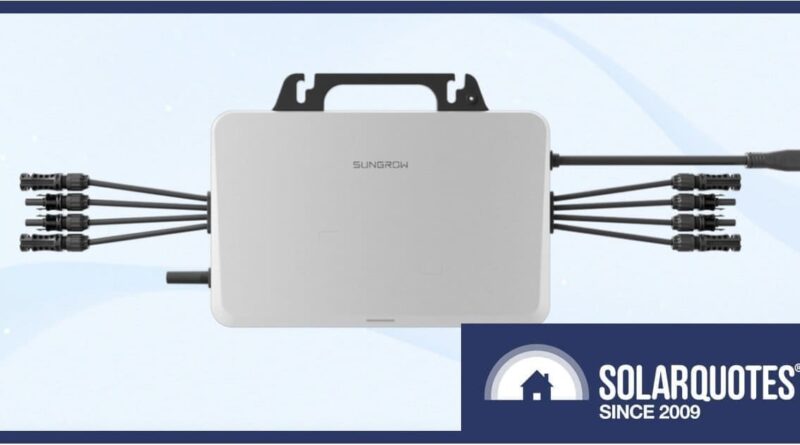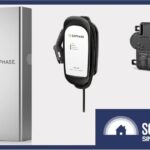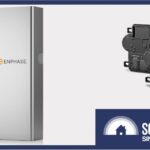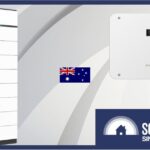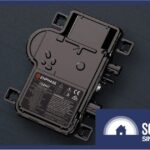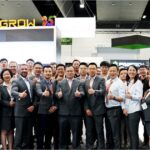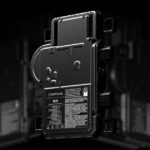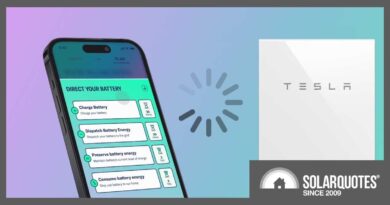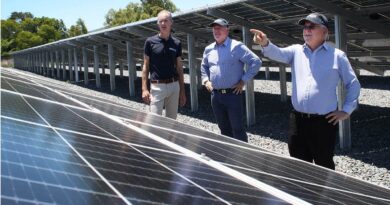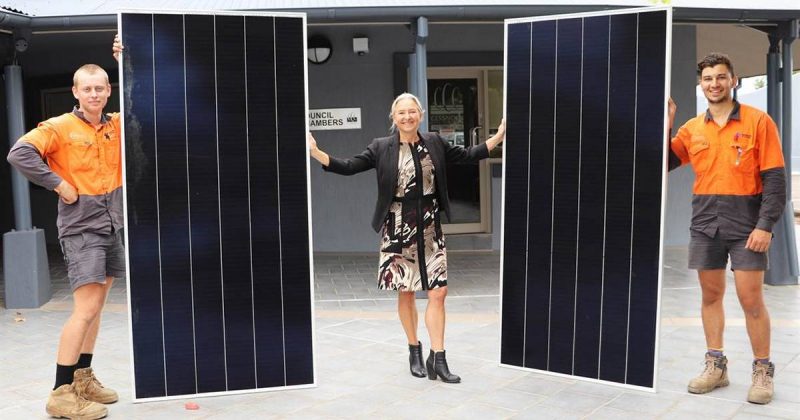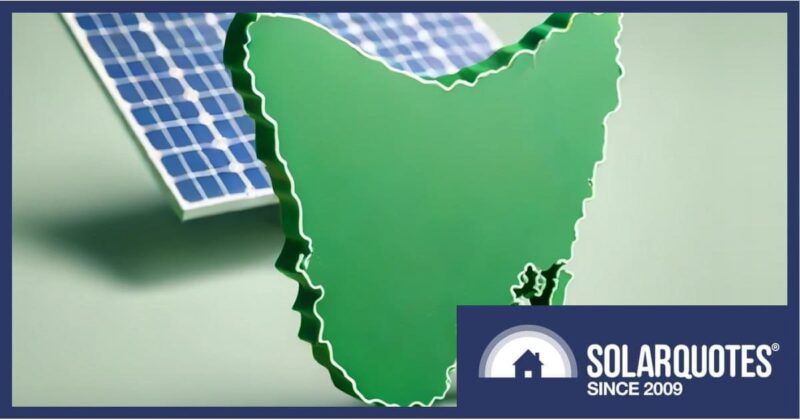Sungrow Gets Into Microinverters
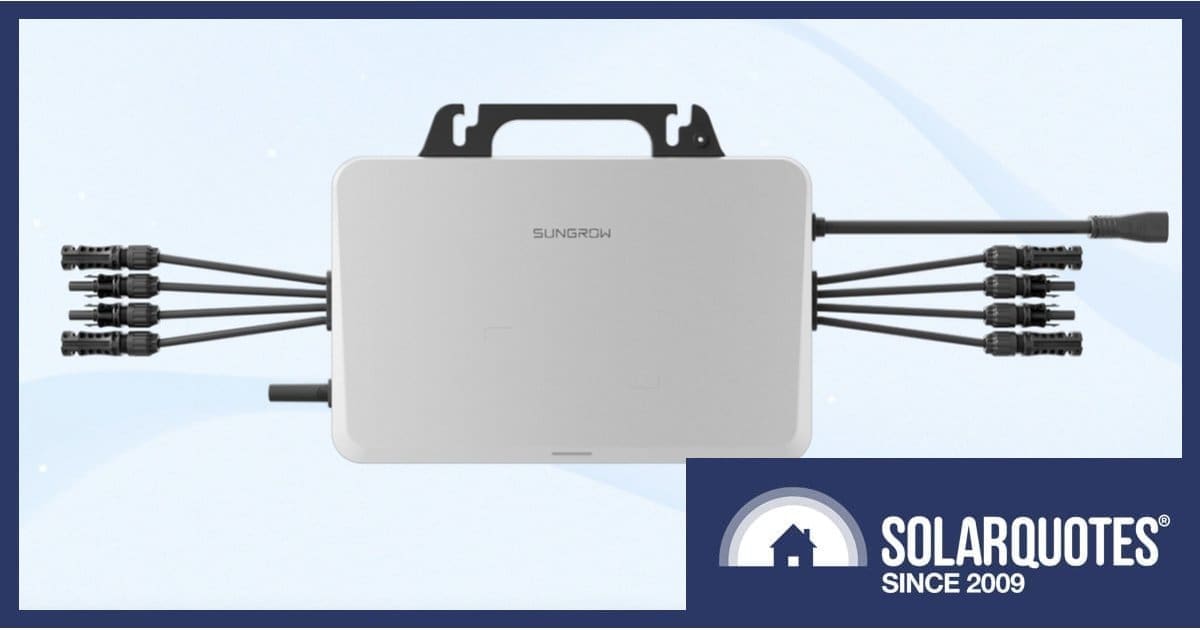
Chinese solar manufacturing giant Sungrow has finally released further information about its new range of microinverters.
Sungrow was established in 1997 and over the years has grown into one of the largest inverter manufacturers in the world. The firm also more than dabbles in energy storage, EV chargers and floating PV system equipment.
As at December last year, more than 515 GW of its power conversion products had been installed worldwide. In addition to string and central inverters, Sungrow recently added microinverters to its product portfolio.
Microinverters are small devices that perform the same role as conventional string solar inverters. But instead of a single large wall-mounted inverter handling output from all solar panels as in most home solar installation scenarios, each microinverter works with one or up to several panels (depending on the model), and is installed on the rooftop racking beneath the modules.
You can find out more about the pros and cons of microinverters here.
Sungrow S Series Microinverters
Last month at Intersolar Europe 2024, Sungrow announced the release of its first microinverter products; the S450S, S800S and S1600S (pictured above). As is often the case with new solar product releases, the announcement was high on hype and relatively low on detail.
I contacted Sungrow the day of the announcement, asking the company if/when their microinverters will be available in Australia and to also provide a datasheet if one was available. I heard nothing back, which I always find curious after a company makes a song and dance about a new product. I’ve been visiting the Sungrow site regularly since and finally datasheets and other documentation are available.
Here are some specification highlights:
S450S (450W)
- Single MPPT
- 238 * 168 * 42 mm
- Weighs 2.5 kg
- 10 units maximum per branch
S800S (800W)
- 2 MPPTs
- 265 * 226 * 42 mm
- Weighs 3.5 kg
- 6 units maximum per branch
S1600S (1600W)
- 4 MPPTs
- 361 * 271 * 55 mm
- Weighs 7.5 kg
- 3 units maximum per branch
Note that the maximum units per branch mentioned above can differ depending on local regulations.
All the S Series family offer a maximum efficiency of 96.2%, and an operating ambient temperature range of -40 °C to 65 °C. I imagine the S1600S could get particularly toasty with four solar panels hooked into it, but Sungrow says:
“The wavy microchannel heat sink (MCHS) design enhances heat dissipation in both directions, accelerating heat release.”
The announcement mentions the microinverters being able to operate in ambient temperatures as high as 60 °C, which conflicts with the 65 °C stated on the datasheet. The 5-degree difference matters, particularly in a country such as Australia.
System monitoring occurs via Sungrow’s iSolarCloud smart energy management platform and the company claims the wi-fi module and high-gain antenna used results in a 50% increase in signal reception sensitivity and twice the signal transmission distance compared to similar products.
For installers, plug-and-play design promises significantly reduced installation time – the parameters of only one microinverter device need to be configured, and the remaining microinverters will automatically synchronize within 1 minute.
What About The Warranty?
An inverter is the real workhorse of a solar power system, so a solid warranty is crucial. The warranty for the Sungrow S series microinverter, according to the user manual, is 15 years. I couldn’t find a dedicated warranty document, so it’s hard to determine if the warranty conditions in the user manual are the only ones.
Assuming the microinverters will be available here, it will be interesting to see how they perform in our particularly harsh environment. String inverters from the company have been popular in Australia given their feature set, reliability and comparatively low pricing point. Sungrow inverter reviews on SolarQuotes from Australian customers have generally been positive, with the company attaining an average 4.8 star-rating over the last 12 months.
You can read more about Sungrow microinverters here.
Original Source: https://www.solarquotes.com.au/blog/sungrow-microinverters-mb2966/

